Easter in Valencia is no egg hunt. There is no Easter Bunny, Easter trees, or Easter gifts to be found. Instead, Easter in Valencia is all about the religious side of the festival, going to masses, watching mesmerizing processions, and spending time with the family.
The Holy Week celebrations in Valencia receive the name of Semana Santa Marinera. This is the second most important of all festivals in Valencia, after Las Fallas, and it has been celebrated since the 15th century.
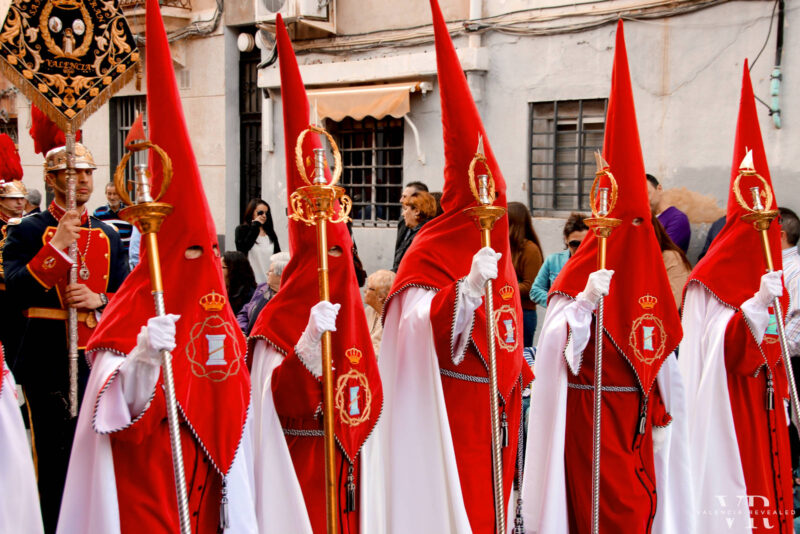
Semana Santa Marinera is mainly celebrated in the maritime districts and it has a deep connection to Valencia’s seafaring heritage and the sea.
If you are visiting Valencia during Easter you cannot miss the Semana Santa Marinera celebrations. While the Holy Week is commemorated throughout Spain, Valencia put its own unique spin on this centuries-old tradition.
So even if you’ve witnessed Semana Santa in other parts of Spain, Valencia’s Easter celebrations are bound to surprise you.
What Is Semana Santa in Spain?
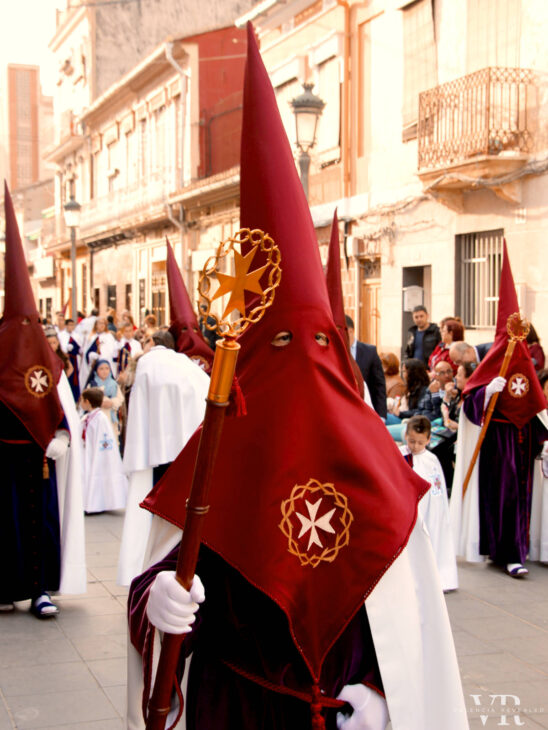
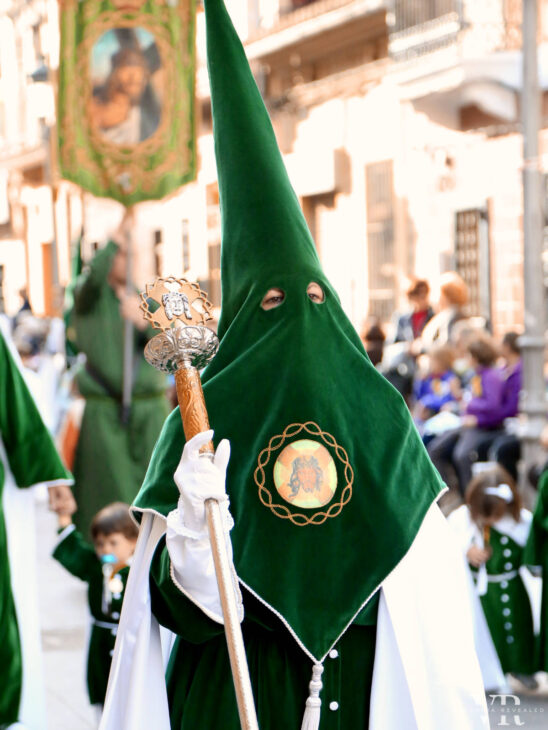
Semana Santa aka the Holy Week is the most important religious celebration in Spain. It takes place during the days leading up to Easter Sunday and commemorates the death and resurrection of Jesus Christ.
During Semana Santa, many towns and cities in Spain hold elaborate processions, where people dressed in traditional robes and pointy hoods carry statues of Jesus and the Virgin Mary through the streets. The processions are often solemn, emotional, and accompanied by music and incense.
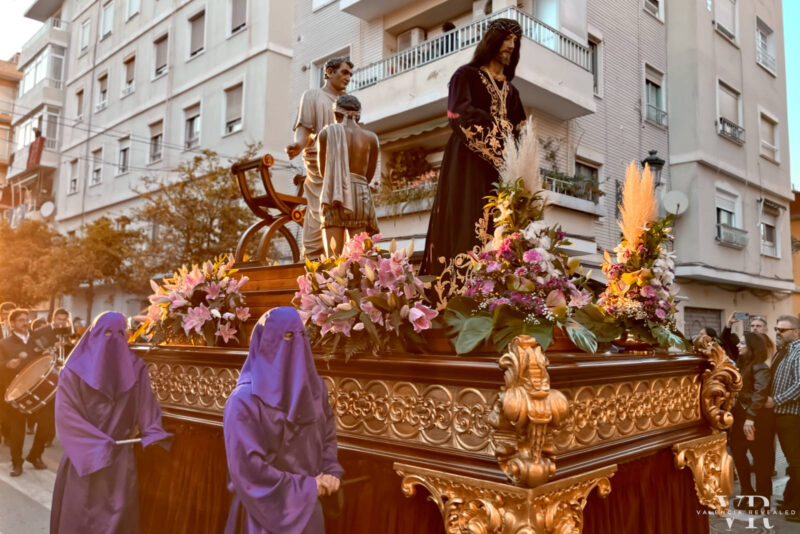
The people participating in these processions are members of the various Brotherhoods, called Cofradías and Hermandades. These are centuries-old religious groups, that often started as trade associations.
At their origins, the Cofradías used to group people of a certain profession only, while the Hermandades were more diverse. However, these days, there isn’t much difference between the two.
Semana Santa is a time when many Spaniards take a break from work or school to spend time with family and friends, and to participate in the events and activities that take place during this period. It is a time for reflection, prayer, and celebration, and is an important cultural and religious event for many people in Spain.
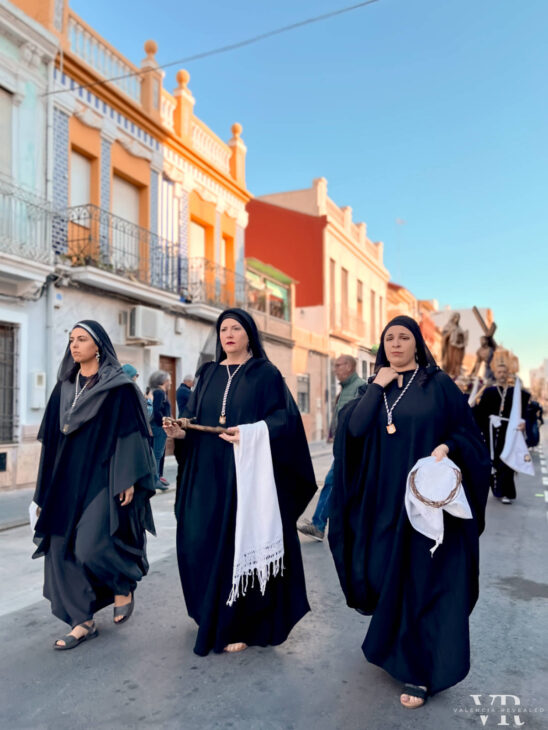
When is Maritime Holy Week celebrated in Valencia?
The Maritime Holy Week is a 10-day celebration, from Friday of Sorrows (the Friday before Palm Sunday) to Easter Sunday. The festivities include processions daily processions as well as religious and cultural activities. In 2024, Palm Sunday is celebrated on March 24th, and Easter Sunday on March 31st.
Where is Easter celebrated in Valencia?
Easter is celebrated throughout Valencia. But the Maritime Holy Week, also known as Semana Santa Marinera, is only celebrated in the maritime districts of Grau and Cabañal-Canyamelar, close to and on Valencia’s urban beaches. This traditional celebration is a blend of religious and cultural traditions that have been passed down through generations.
How is Easter in Valencia different?
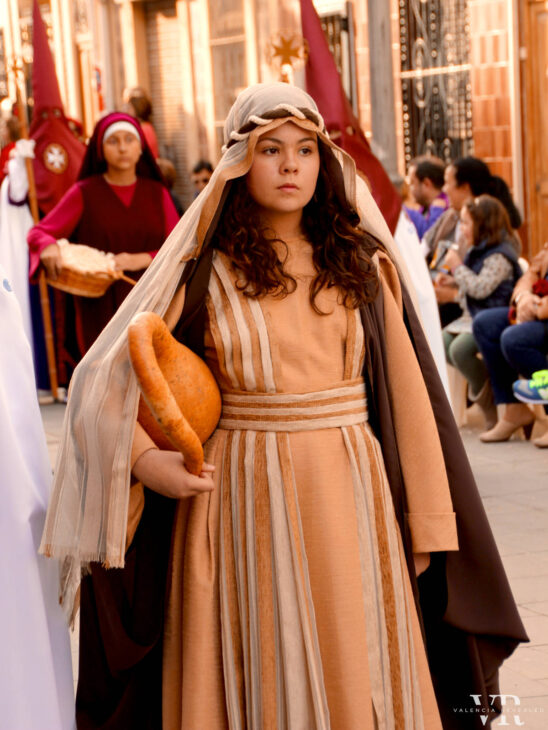
Semana Santa Marinera has certain peculiarities that make it different from other similar celebrations in Spain.
Days before Easter, people around Valencia start attending masses and eating traditional Easter foods that are typical of the region. But only the maritime districts organize religious processions. So if you want to see intriguing-looking Easter floats and pointy hoods (nothing to do with the Ku Klux Klan!), head to the beach.
The simple fact that Valencia’s Easter processions take place near and even on the beach, gives them a unique flair. But that’s not all.
While in other parts of Spain, the Semana Santa processions involve pretty much just carrying religious sculptures through the streets, in Valencia the festivities are much more complex than that.
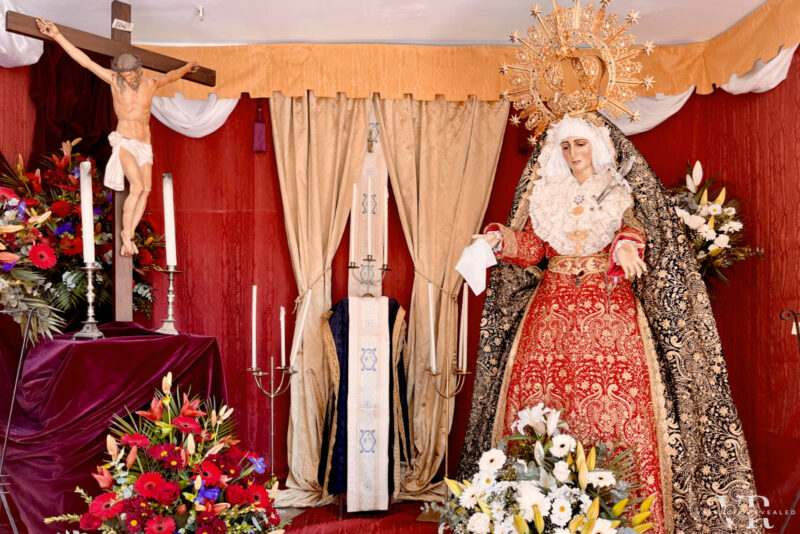
One surprising thing that is unique to the Easter celebrations in Valencia is that during the Holy Week, religious figures representing saints or a specific moment in the Passion of the Christ are taken out of museums and churches and transferred to the headquarters of the Brotherhoods, and even some private homes, where they remain on display for the duration of the festival.
Another interesting detail that sets Valencia’s Maritime Holy Week apart from other celebrations in Spain is that during the processions, you’ll see a much greater variety of costumes.
While in other parts of Spain, the Brotherhoods are dressed in plain robes with pointy hoods (called capirotes), in Valencia, you will also see crusaders, Roman legionnaires, and a wealth of Biblical characters.
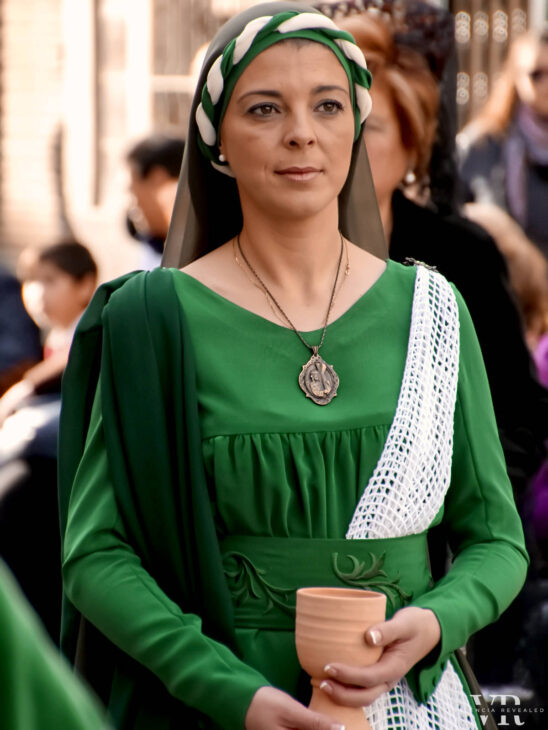
Among the most recognizable characters are Lazarus and Mary Magdalene. The first will be carrying his bandages while the former a pot of perfume. You’ll also see women carrying freshly baked bread and plenty of kids.
Another peculiar Easter tradition in Valencia is the trencà dels perols taking place at midnight on Saturday before Easter Sunday.
In a spring cleaning frenzy, the residents of El Cabañal and Grau neighborhoods throw old pots, crockery, and even water out the window. Out with the old, in with the new is the general message, but you should definitely watch out so you don’t get hurt.
What happens in Valencia at Easter?
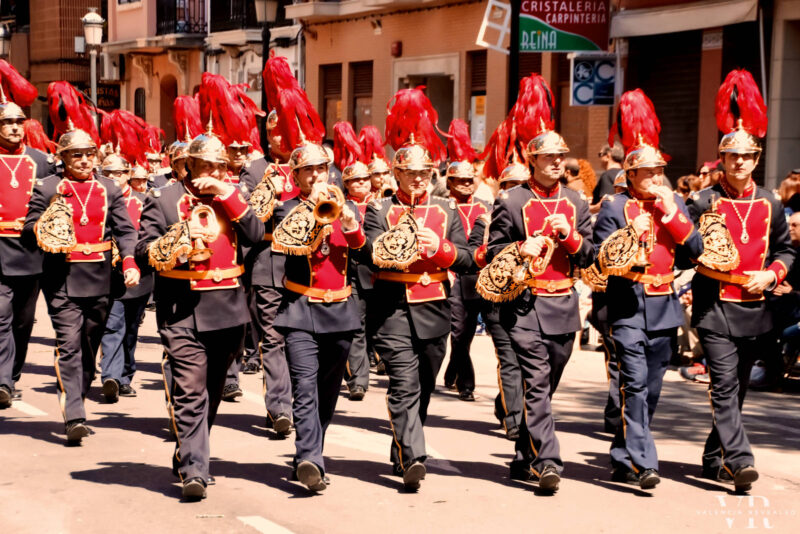
During Semana Santa Marinera, the streets of Valencia’s maritime neighborhoods come alive with processions, music, and traditional costumes. It is a time when locals and visitors alike come together to honor the city’s cultural traditions and enjoy the unique atmosphere that can only be found in Valencia during Easter.
The procession might be colorful and vibrant, but for the good part of the week, the atmosphere is somber and the music mournful. Numerous marching bands accompany the processions but the tunes can be hair-raising.
Nevertheless, I encourage you to attend as many processions as you can, since each and every one of them is different. One piece of advice though, try to arrive early as the streets get crowded quickly.
Also, if you’ve been spending time on the beach, it’s a good idea to put on some clothes. Showing up in your bikini might raise more than one eyebrow.
From Friday of Sorrows to Easter Sunday there are daily processions taking place in Grau and Cabañal-Canyamlar neighborhoods. You can check the 2023 program here (Spanish only) or download the EventoSS Semana Santa Marinera (available for Android devices).
That being said, these are the most important events taking place in Valencia for Easter.
Palm Sunday – Procession of the Palms
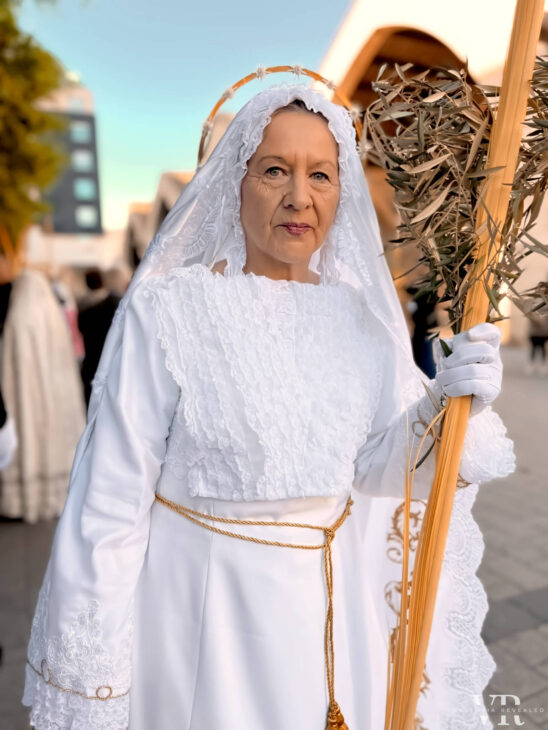
Each of the five churches in Valencia’s maritime neighborhoods organizes its own Procession of the Palms. These religious acts are a reminder of Jesus’ entry into Jerusalem. They take place in the morning, all at the same time, and last a couple of hours.
Holy Thursday – Procession of the Torches
The Procession of the Torches takes place on Holy Thursday at midnight. It’s a silent procession as the penitents march along the streets of El Cabañal with candles in hand.
Good Friday – Prayer for those who died at sea
Good Friday starts with an early morning prayer. Penitents in black robes take the figures of Christ to the beach where they pray for the people lost at sea and for world peace as they throw flowers onto the sea.
Good Friday – Procession of the Holy Burial
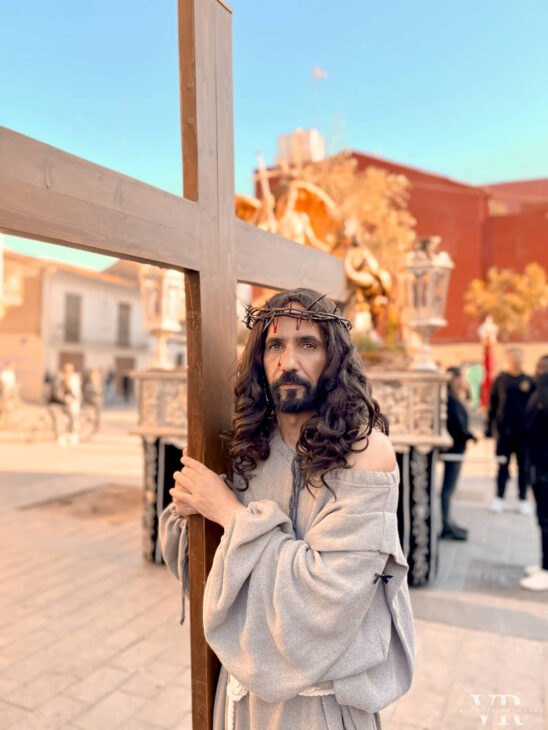
On Good Friday in the afternoon, the Procession of the Holy Burial takes place. This is the longest Easter procession in Valencia. It lasts some five hours and it counts with the participation of all Brotherhoods. This is when you can see the most pointy hoods but also other Biblical characters. The atmosphere is somber, the music mournful and the whole procession moves at a relatively slow pace.
Saturday – trencà dels perols
On Saturday at midnight, the residents of El Cabañal and Grau throw old pots and pans from their balconies. It’s an unusual spring cleaning ritual, fun to watch but even more fun to participate in. Some people also throw water, so you better watch out. Although April in Valencia can already see pleasant night temperatures, an accidental shower might still not be all that enjoyable.
Easter Sunday – Procession of the Resurrection
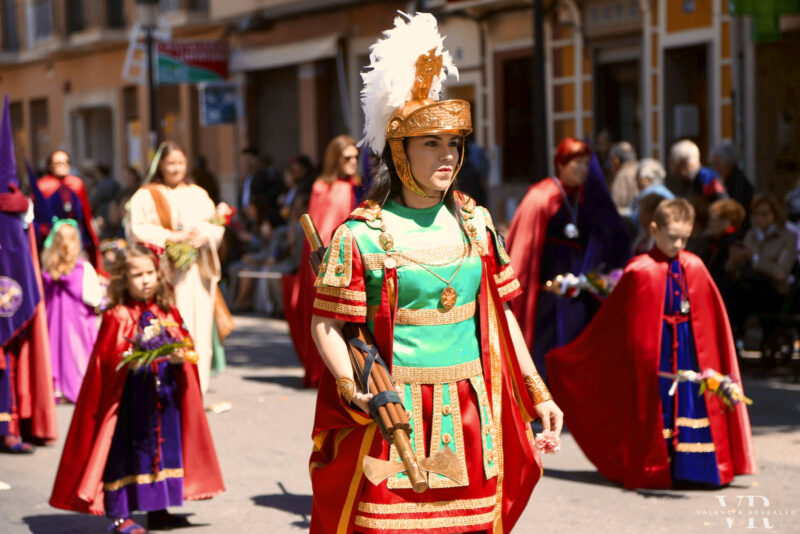
This unique procession takes place at noon and is different from all the other Easter Sunday processions in Spain. You will see no religious images or floats during this parade. The Brotherhoods take off their pointy hoods and carry them in hand and a myriad of Biblical characters march in the mid-day sun occasionally tossing flowers at the ecstatic crowds gathered on the side.
What to eat in Valencia at Easter?
The Maritime Holy Week is not only a religious event but also an occasion for families and friends to come together and celebrate. Medieval markets are usually organized by the beach and bakeries throughout Valencia sell traditional Easter delicacies, adding to the festive atmosphere.
Here are some of the most popular foods in Valencia to eat at Easter.
Pepito
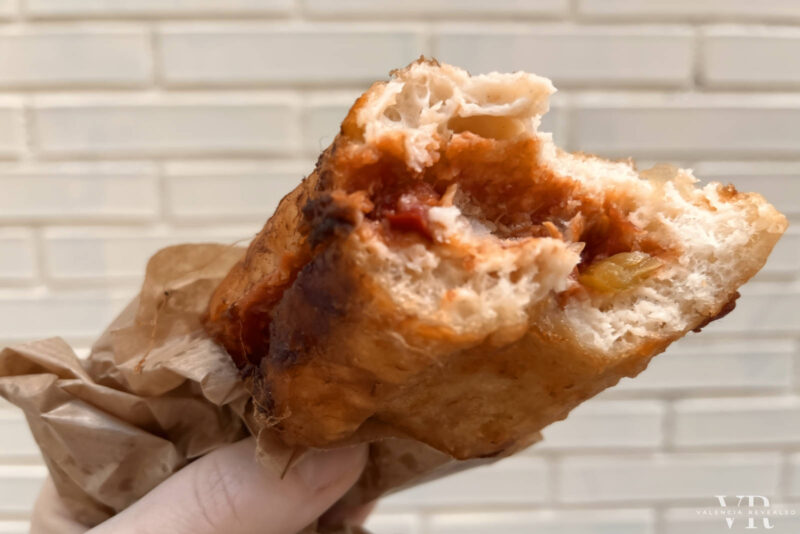
Pepito is a typical Valencian Easter snack consisting of a bun filled with titaina (Valencian pisto). The bun is soaked in milk, covered in beaten egg, and deep-fried. This scrumptious snack can be enjoyed at any time of the day. Some bars and bakeries in Valencia serve the humble Pepito year-round menu.
Cod croquettes
Fluffy inside and crispy on the outside, these delicious croquettes are made with potato, cod, garlic, and parsley. They are the most popular tapas in Valencia during Easter. In fact, they are so good that in recently, restaurants started serving them year-round.
Mona de Pascua
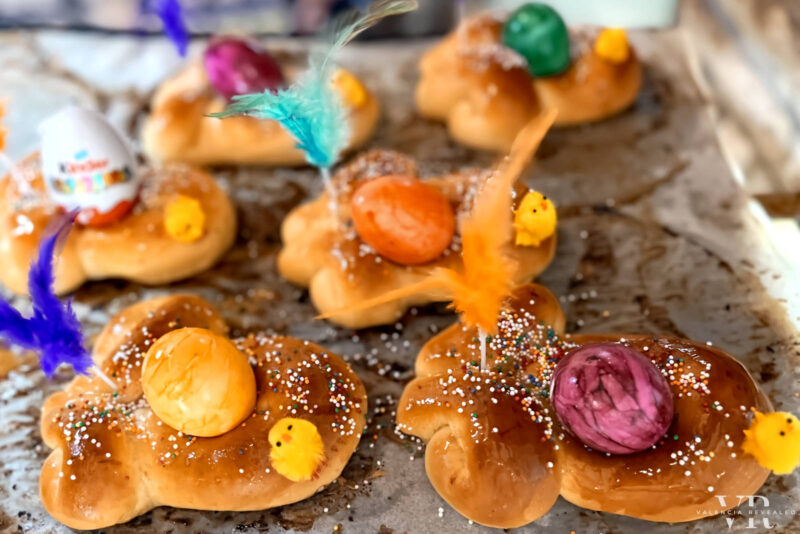
Mona de Pascua is a sweet bread that is typically eaten in Valencia for Easter. It usually has a hard-boiled egg in the center, although a chocolate egg is becoming more common. It’s unlikely you’ll find Mona de Pascua sold anywhere in Valencia any other time of the year.
Panquemado
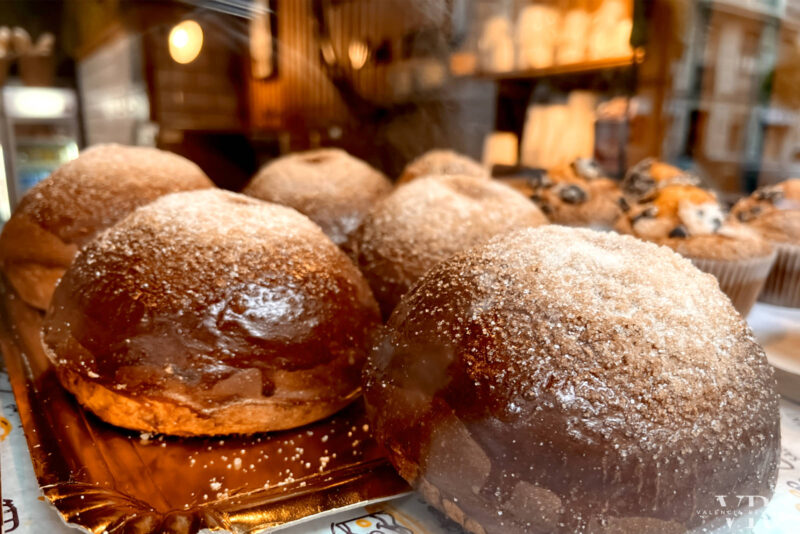
Panquemado is a sweet, spongy pastry made from brioche dough. While it shares similar ingredients with mona de Pascua, the resulting texture and appearance are quite different. Panquemado is yellowish on the inside and golden brown on the outside with a sugar-coated surface and an enjoyable mouthfeel.
Torrijas
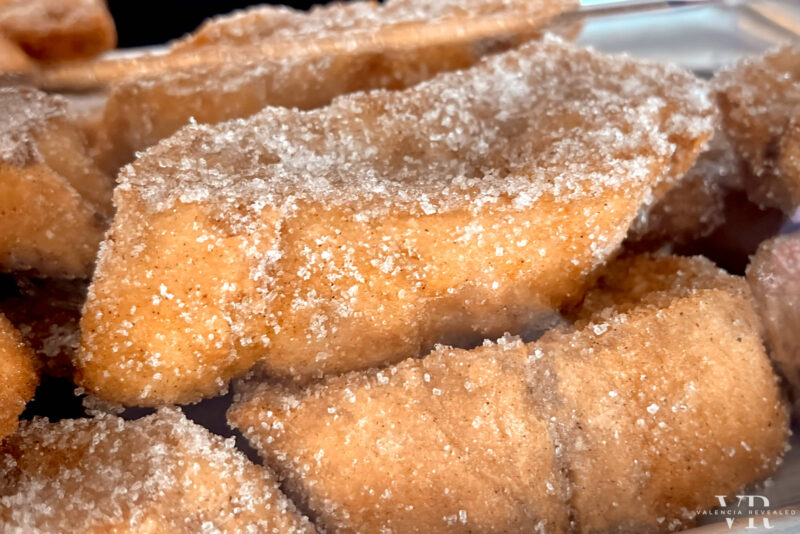
Torrijas are a traditional Easter dessert made with stale bread soaked in sweetened cinnamon milk and beaten egg. Similar to French toast, torrijas are fried until golden but they have a less eggy flavor. In Valencia, the milk is often replaced with sweet horchata. Read how to make horchata at home.
Where to stay in Valencia during Semana Santa?
While I’d normally recommend you stay in Valencia Old Town pretty much any other time of the year, if you plan on seeing several Easter processions, then it’s probably best you book your accommodation close to the beach.
This is especially true if you want to see the early morning and late night processions. While there is an extended late night metro service during the Easter weekend (Holy Thursday to Easter Sunday) and taxis are available all night long, it is just more convenient to have your accommodation nearby.
Some of my favorite accommodation options in this area are Las Arenas Balneario Resort (luxury resort with sea views), Sea You Hotel Port (4 star hotel in El Grau), Hotel Boutique Balandret (3 star hotel with sea views), Pamphylia Hotel (3 star hotel by the beach), and Reina 107 Beach Boutique (stylish guest house in El Cabanyal).
Where in Valencia can you see the Semana Santa floats outside of the Easter period?
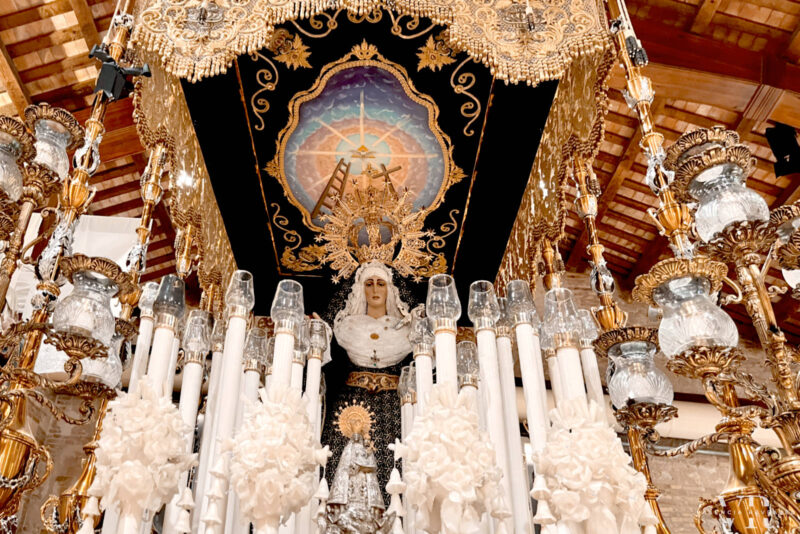
If you cannot make it to Valencia for Easter, you can still see the elaborate floats and traditional hooded costumes at the Semana Santa Marinera Museum. This museum is located on Calle del Rosari, 1 in the El Cabañal neighborhood. The nearest tram stops are Francesc Cubells and Grau-La Marina.
***
The Maritime Holy Week is an exceptional celebration in Valencia and should not be missed. It is a perfect opportunity to witness the rich cultural and religious heritage of the city and to experience Easter in a completely new way.

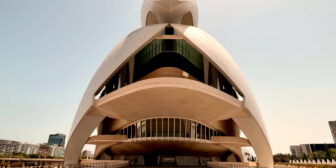
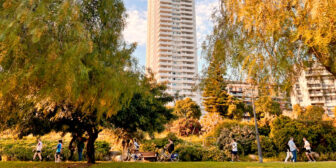
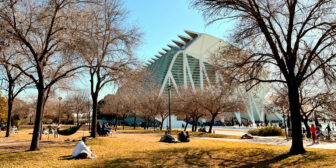

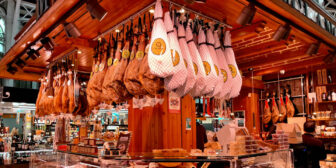
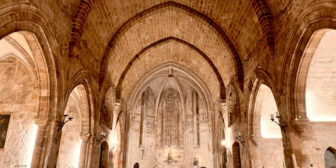
If we visit Valencia during Semana Santa, will the other tourist attractions be closed?
No, normal tourist attractions are open during Semana Santa, however, some attractions might have modified schedules on Good Friday and/or Easter Sunday.